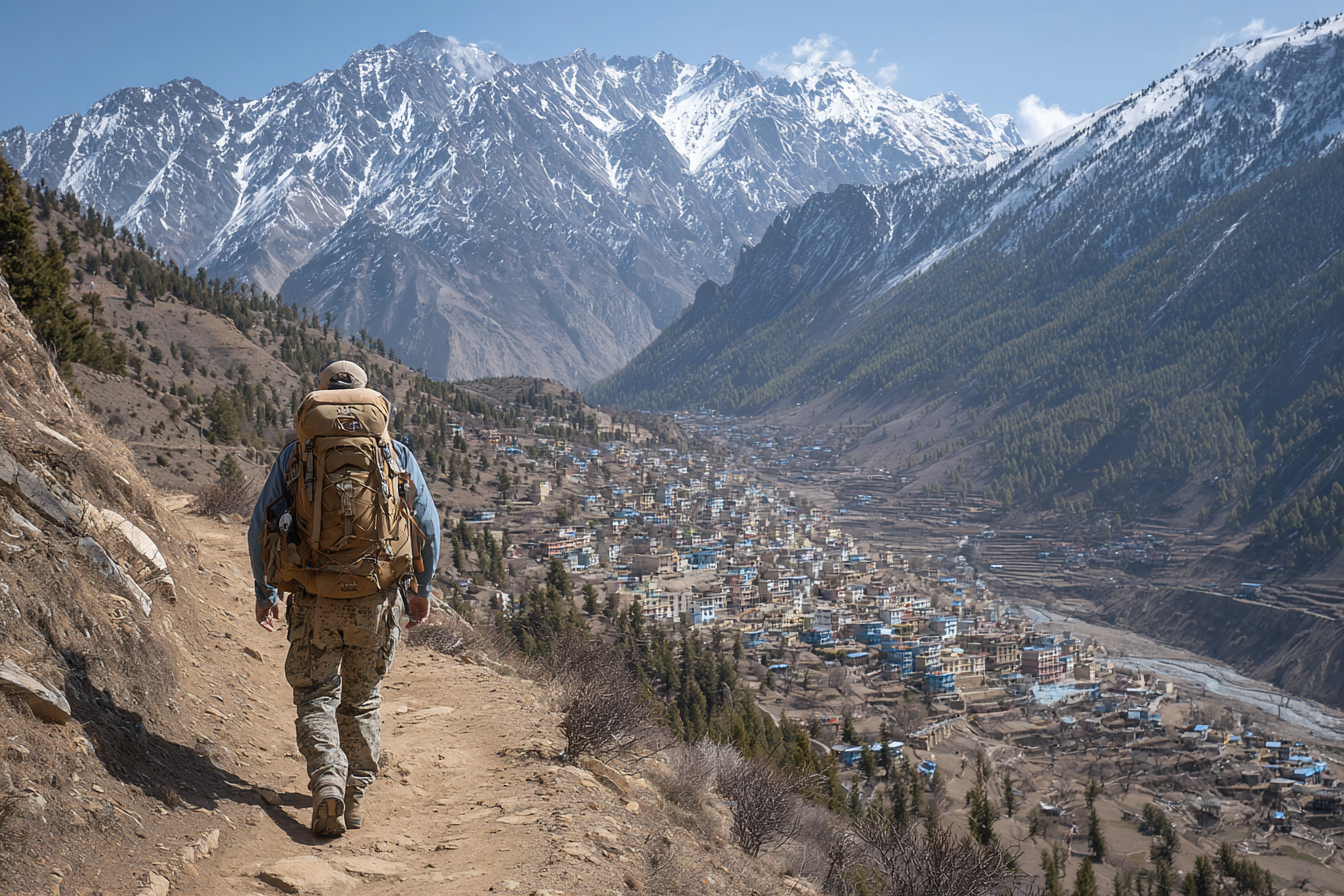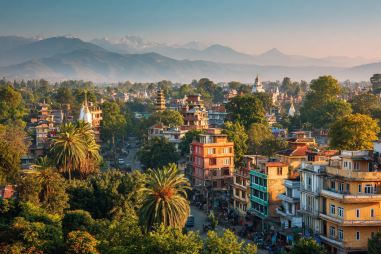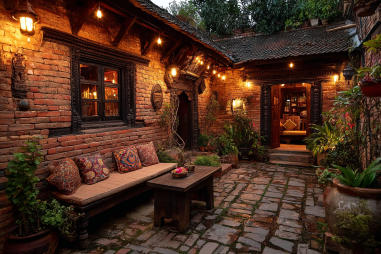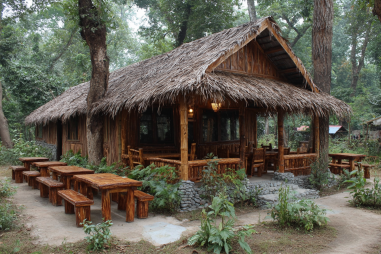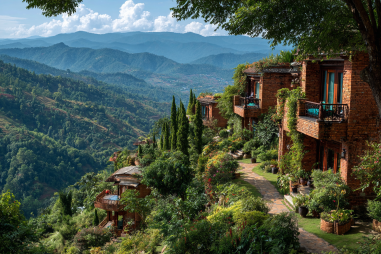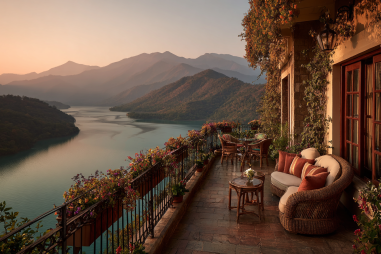Jomsom, nestled in the breathtaking Dhaulagiri region of Nepal, offers adventurers a unique charm with its scenic mountain views, rich culture, and gateway access to the Annapurna trekking routes. If you’re planning your first visit, preparing with the right knowledge can make all the difference between a stressful trip and an unforgettable Himalayan experience. From transportation nuances and health precautions to cultural etiquette and budgeting, these essential Jomsom travel tips will help ensure your journey is smooth, safe, and truly rewarding.
Planning Your Trip to Jomsom
Before setting foot in Jomsom, it’s important to plan your trip carefully considering the best time to visit and the itinerary details. The ideal months to travel are typically between October and April when the skies are clear and the weather is relatively dry, offering perfect visibility of the mountain vistas. Monsoon season, from June to September, can bring heavy rains and landslides, which may hamper transportation and trekking conditions.
Additionally, because Jomsom serves as a starting or ending point for many treks in the Annapurna region, decide if you’re heading there to trek or simply to explore the town and nearby villages. Book accommodations and any trekking permits ahead of time, especially in the popular seasons, to avoid last-minute hassles. Also, inform yourself about local festivals and events – these can provide enriching cultural experiences during your stay.
Navigating Transportation Options
Getting to and around Jomsom requires some understanding of the transportation modes available. The most common way to reach Jomsom is by a short, scenic flight from Pokhara or Kathmandu. Be prepared for occasional flight delays or cancellations due to unpredictable weather conditions in the mountains. Booking your flight with some flexibility in your schedule is crucial.
Alternatively, overland trekking routes lead to Jomsom, but these can be challenging and time-consuming, suitable only for experienced trekkers. Within Jomsom and its surrounding areas, local jeeps, motorcycles, and walking remain the main forms of transportation. Roads can be rough and bumpy, so if you plan to hire a vehicle, ensure the driver is experienced in mountain driving. For short distances, walking lets you take in the local scenery and interact more with the community.
Health and Altitude Sickness Prevention
Jomsom is located at an elevation of approximately 2,700 meters (8,900 feet), meaning altitude sickness is a genuine concern for first-time visitors. Acclimatization is vital: don’t rush your arrival and take a day or two to rest if coming from lower elevations. Drink plenty of water, avoid alcohol, and eat light but nutritious meals to help your body adjust.
Symptoms of mild altitude sickness include headaches, nausea, dizziness, and shortness of breath. If you experience these, take it seriously and avoid ascending higher until symptoms improve. Consulting your doctor before travel about medications such as acetazolamide (Diamox) can be beneficial. Additionally, carrying a portable oxygen cylinder or having access to emergency medical facilities is advisable in case symptoms worsen.
Basic vaccinations should be up-to-date, and carrying a first aid kit with essentials is recommended. Protect yourself from the strong Himalayan sun by using sunscreen, sunglasses, and hats, as UV radiation increases with altitude.
Packing Essentials for the Region
Packing smartly can make your Jomsom visit comfortable across fluctuating temperatures from chilly mornings to warm afternoons. Here are the essentials you should bring:
- Layered Clothing: Thermal inner layers, fleece jackets, and waterproof outerwear to handle variable weather.
- Sturdy Footwear: Comfortable trekking shoes or boots with good grip for walking on uneven terrain.
- Headgear and Gloves: To keep warm, especially in early mornings and evenings.
- Sun Protection: High SPF sunscreen, sunglasses with UV protection, and a wide-brimmed hat.
- Water Bottle: Preferably reusable with a built-in filter to ensure safe drinking water.
- Personal Medications and First Aid: Including altitude sickness medication, pain relievers, bandages, antiseptic.
- Camera or Smartphone: To capture stunning landscapes and moments.
- Cash: ATMs are scarce; carry enough Nepali rupees for your expenses.
Remember that luggage restrictions on small flights to and from Jomsom may limit baggage weight, so be selective and pack light.
Cultural Do’s and Don’ts
Jomsom boasts a predominantly Tibetan-influenced culture with strong traditions and customs. Respect for local beliefs and manners enhances your experience and fosters positive interactions with residents.
- Do: Greet locals with a friendly nod or ‘Namaste’; learning a few basic Nepali or local phrases is appreciated.
- Do: Dress modestly, covering shoulders and knees, especially when visiting monasteries or religious sites.
- Don’t: Touch religious objects or images without permission. Avoid pointing your feet towards sacred items or people as it’s considered disrespectful.
- Do: Ask before photographing people, especially monks and local families.
- Don’t: Consume alcohol or drugs in public areas unless clearly permitted.
- Do: Participate in local festivals or cultural events if invited, as they offer valuable insight into regional traditions.
Managing Communication and Connectivity
Connectivity in Jomsom has improved over the years but remains somewhat limited compared to urban centers. Mobile networks like Ncell and Nepal Telecom provide coverage, though signal strength can vary dramatically based on location.
Purchasing a local SIM card upon arrival in Nepal is one of the easiest ways to stay connected. Ensure your phone is unlocked and compatible with Nepali networks. Internet cafes and Wi-Fi are available in some lodges and cafes but expect slower speeds, especially in remote areas.
Downloading offline maps and travel apps before your trip is a smart strategy for navigation and staying informed when internet access is spotty. Keep important contact information backed up in your phone and written down in case of device failure.
Emergency Contacts and Safety Advice
While Jomsom is generally safe, the remoteness and rugged terrain demand vigilance. Keep in mind the following safety recommendations:
- Always inform someone of your itinerary, particularly if trekking.
- Carry a first aid kit and know basic emergency procedures.
- Contact numbers you should have handy:
- Local Police: 100
- Ambulance Services: 102
- Mountaineering Emergency: 112
- Your country’s embassy or consulate in Nepal
- Avoid hiking alone and stick to marked trails.
- Monitor weather forecasts daily as conditions can change rapidly.
Respect local advice, especially concerning weather or trail closures, to stay safe throughout your visit.
Budgeting Your Trip
Jomsom is generally budget-friendly but costs can add up depending on accommodation choices, activities, and transportation. Here are some tips for managing your finances:
- Flights to Jomsom can be costly and weather-dependent; compare prices and book early for the best deals.
- Guesthouses and teahouses provide affordable lodging and meals along trekking routes.
- Carry sufficient cash as credit card acceptance is limited; ATM usage is rare and may not always be reliable.
- Factor in expenses for permits, guides or porters if trekking, as well as insurance for adventure activities.
- Bargain politely when purchasing souvenirs or hiring services, but always respect fair wages for local providers.
With careful budgeting, you can enjoy all that Jomsom offers without overspending or running into unexpected financial issues.
Preparing for a Successful Journey
Embarking on a trip to Jomsom requires not just logistical preparation but a mindset geared towards adventure and openness to new experiences. By planning carefully, respecting the environment and local culture, and taking health and safety seriously, you’ll set yourself up for an enriching Himalayan journey. Embrace the stunning landscapes, warm local hospitality, and the serene pace of life in Jomsom to create memories that will last a lifetime.

